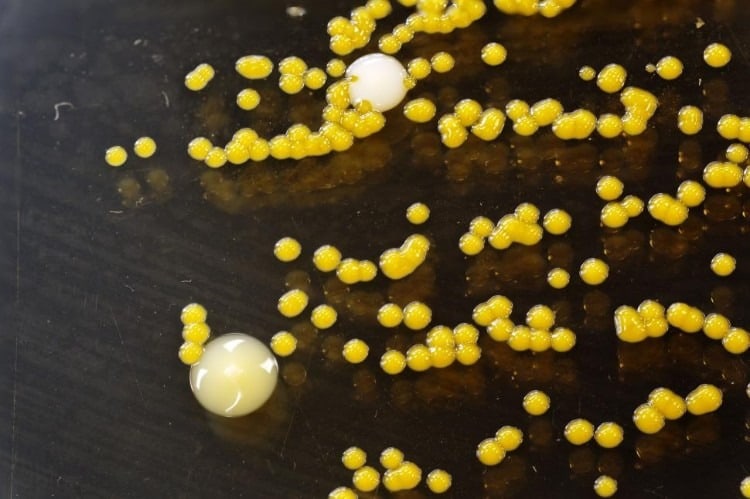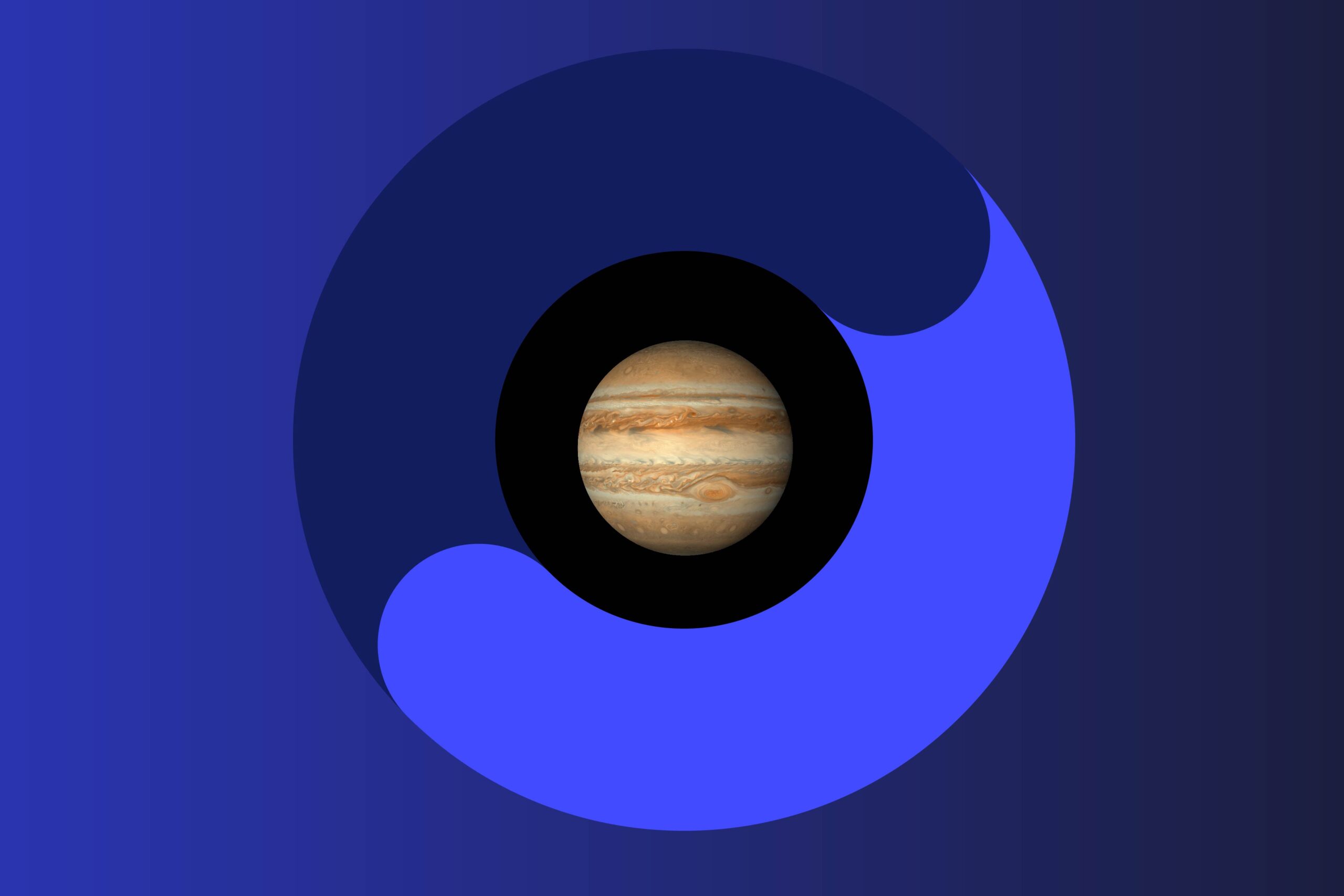



Revolutionized is reader-supported. When you buy through links on our site, we may earn an affiliate commision. Learn more here.
When Juno reached its destination orbit, scientists had their fingers crossed. The first flyby around Jupiter was essential for Juno to prove it had what it takes and that the rocket scientists were successful. It worked! The images and data Juno sent back to Earth are astounding — but this mission isn’t over yet, Houston.
Back in July of 2016, Juno arrived at Jupiter, after five years of traveling, on a mission into orbit the giant planet. The first flyby was the most important. Previous tests occurred with deep space maneuvers and a flyby around Earth to ensure Juno would be able to withstand the extremes of Jupiter and its radiation.
This was such an amazing accomplishment because Juno is only the second spacecraft that successfully slipped into orbit around Jupiter. The Juno mission is about a year and a half long, extending into 2018. During which the spacecraft must regularly endure the dangerous electrons from Jupiter’s radiation until it has fully orbited the planet 36 times.
At the end of the mission, Juno will be intentionally crashed deep into Jupiter, so the spacecraft is destroyed. This plan ensures no microbes from Earth can contaminate Jupiter’s moons — particularly Europa, which could potentially be suitable for life.
It’s believed Jupiter was the first planet to form after a star exploded into what we now know as the sun, followed by the rest of the planets in the solar system. Since Jupiter and Earth formed differently, Jupiter has a significantly more powerful magnetosphere than Earth. Massive amounts of electrons travel close to the speed of light through the plasma that surrounds Jupiter’s core. Juno actually takes advantage of this by slipping under the plasma, so it zooms through the electrons, where it’s able to capture photographs of Jupiter.
This planet is crucial to allowing the science of space and life as we know it to evolve. The more scientists can learn about the magnetosphere of Jupiter, the more they can learn about the formation of other planets. Jupiter’s radiation is the strongest out of the entire solar system, and the radiation is potentially damaging to a spacecraft because of the amount of electrons that ricochet. Juno’s 0.5 inch-thick wall of the titanium vault is consistently put to the test because of its exposure to 20 million rads in Jupiter’s radiation belt.
Juno is the most heavily shielded spacecraft — and for a good reason. It needs to withstand the intense radiation. Skimming over the clouds of Jupiter, Juno’s first and closest flyby was within approximately 2,600 miles. That’s just a mere 4,200 kilometers from touching the planet. Not only can Juno teach scientists more about Jupiter and our solar system, but it can also teach them more about the radiation and its effects on the shielding. That’s an amazingly resourceful database for a scientist to achieve, and it allows continued research on Jupiter for years to follow this mission.Juno Cam
Juno can take some amazing photographs with it’s Jovian Infrared Auroral Mapper (JIRAM) camera, and this mission allows you to actually see the pictures the spacecraft captures. NASA released a gallery of images Juno has taken so far. The spacecraft has captured pictures of Jupiter’s north pole and has showcased the Southern Aurora at Jupiter’s south pole.
Juno surviving the first flyby and sending back photographs and data showed that the spacecraft really has what it takes to complete this mission. If all goes according to the plan, you can to follow Juno through it’s incredible journey around Jupiter until February of 2018.
Scientists have already learned a lot in just a short amount of time Juno has been in orbit — but there’s a lot more left to explore.
Feat Image Source: NASA
Revolutionized is reader-supported. When you buy through links on our site, we may earn an affiliate commision. Learn more here.


This site uses Akismet to reduce spam. Learn how your comment data is processed.